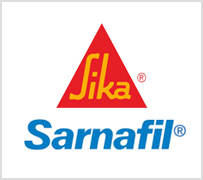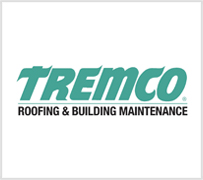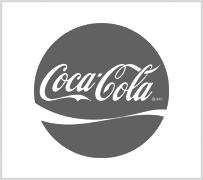
Home / News / Glossary of Commercial Roofing Terms

Every industry has its phrases, jargon and key words. Here are a few definitions of some of the most commonly used terms in our business and the commercial roofing industry:
Adhere — Frequently in commercial roofing, two types of roofing materials need to stick together or adhere to each other. In the case of built-up roofing, the adhesive material is asphalt, while single-ply membranes uses contact cement.
Ballast — Ballast materials (like precast concrete or aggregate) use gravity to hold a single-ply roofing in place.
Dead Level / Zero Slope — A flat roof with no slope or slant to the roof drains is referred to a dead level or has a zero slope.
Flashing — Flashing are materials used to seal the edges of a roofing system. Flashing can be used around the perimeter, around penetrations, against walls, on expansion joints and to strengthen valleys and drains. Flashing should be used anywhere the roofing materials are interrupted or terminated.
Infrared Thermogaphy — Many roofers use an infrared camera to measure temperature differences in the roofing material. Significantly cooler spots may indicate the presence of moisture trapped below the roofing materials on in insulation.
Insulation — Every roof requires some type of insulating material. The purpose is to keep the heat in during the winter and the cool in during the summer. A good insulating material can help reduce heating and cooling costs.
Heat Welding — When two layers of material must be bonded together (like sections of polymer modified bitumen or thermoplastics), heat in the form of hot air or flame plus pressure are used to fuse the two layers together.
Membrane — Membrane is a material which acts as a waterproofing component in the layers of roofing material.
Mil / Millimeter — Mil is a unit of measurement. One mil is equal to 0.001 inches and is often used to indicate the thickness of a roofing membrane.
Parapet Wall — This is a part of a perimeter wall next to and extending above the roof.
Penetration — A penetration can refer to any break in the roofing materials, such as a vent stack, skylight, HVAC and more. It also refers to the hardness of a bituminous material, as shown by the distance a standard needle penetrates vertically into the material under specific conditions of loading, time and temperature.
Ply — Ply refers to a layer of felt, ply sheet or reinforcement in a roof membrane or system.
Ponding — Ponding refers to an excess amount of water gathering and standing in low lying areas of a roof.
Positive Drainage — This refers to a roof that has been purposefully designed to add additional roof slope to ensure proper drainage of the roof area within 48 hours of a rainfall.
Roof Slope — Roof slope refers to the angle the roof makes versus a horizontal surface. It may be expressed as a ratio of rise to run. For instance, in the mountains, many roofs are design with a 12-inch rise for every 1 foot of run. This is a very steep roof pitch and ensure that heavy snow loads will slide off the roof to prevent the snow load
from collapsing the roof.
Square — Square refers to 100 square feet of roofing area.
Substrate — Substrate refers to the surface upon which the roofing materials or waterproof membrane is applied. For instance, the substrate might be a structural deck or insulation.
Seam - Especially with large commercial roofs, the roofing materials cannot all be installed in one big sheet, so there will be seams where sheets or types of material overlap. Seams are the most common places for leaks to happen. To learn more, read our blog about seams: http://www.roofingsouthwest.com/blog/roofing-problems-start-with-seams
Underlayment — Underlayment is an asphalt-saturated felt or other sheet material installed between the roof deck and the roofing system. It is most often used in steep-slope roof construction. It is used to separate the roofing material from the deck, to shed water or to provide secondary weather protection in areas with extreme weather conditions.
Vapor Retarder — This is a material installed to prevent water vapor from passing through the layers of roofing materials.
Wind Uplift — Wind is usually deflected away from the structure at the roofs edges and peaks. With severe winds, this causes a drop in air pressure above the roofs surface. This may cause membranes and roof edges to balloon or pull away from the decking.











